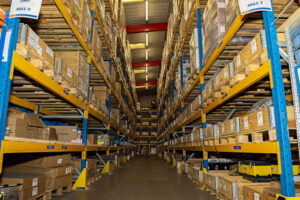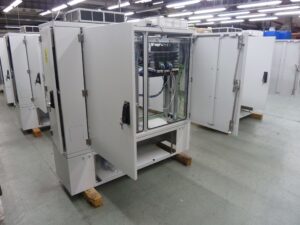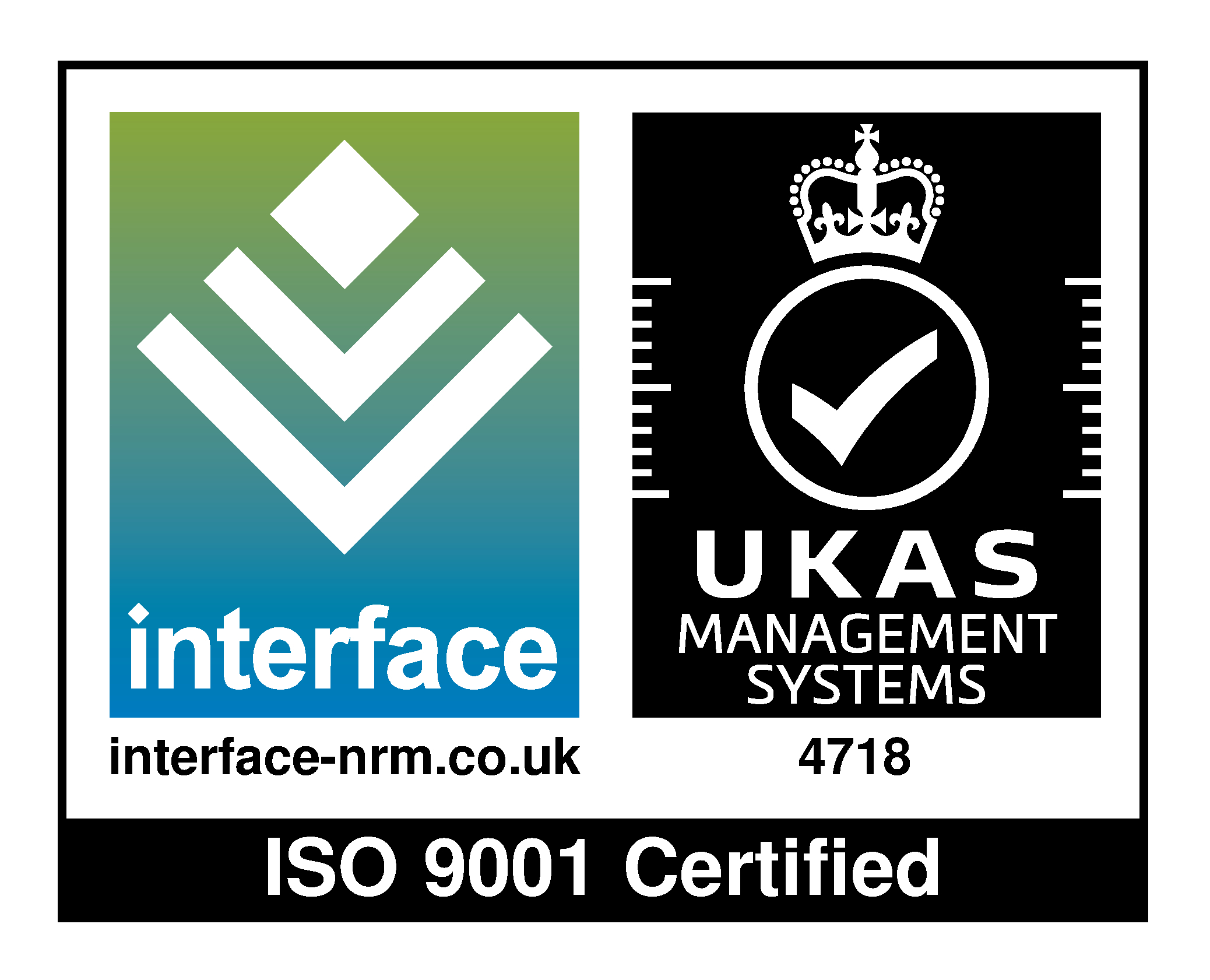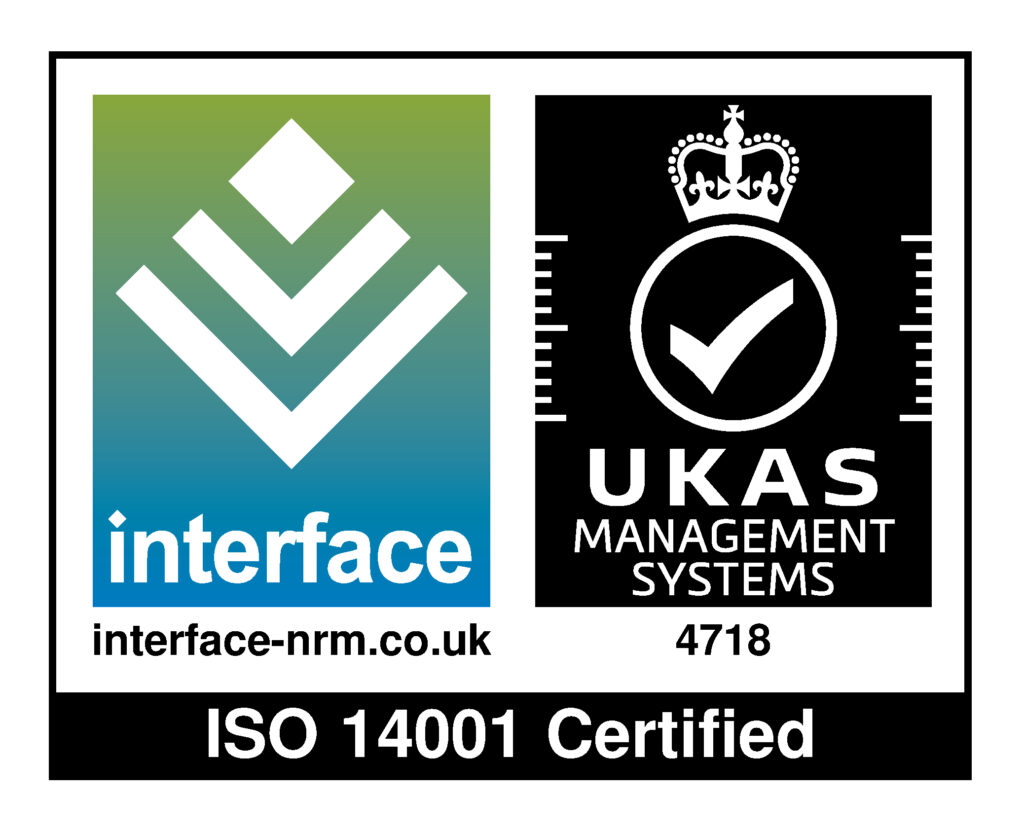There’s no doubt that the UK has become more connected than ever over recent years. The proliferation of smartphone devices and tablets, together with the increase in WiFi and 5G adoption triggered by more people working from home, has put new strain on digital infrastructure resources. Wireless subscribers are consuming more network resources than ever, and this high level of consumption continues to rise. As a result, network operators are fighting to add more capacity to their networks in an attempt to handle increasing traffic, while continuing to provide the high-speed connectivity that users demand.
The most obvious way to do this is to invest more heavily in digital infrastructure and to install a greater number of data cabinets and connection points. However, real estate, particularly in urban areas, is at a premium – and it’s expensive. Our streets and cities are crowded enough; with cabinets, lamp posts, benches, sculptures, waste bins, bollards, advertising hoardings, bus shelters and other structures becoming part of the fabric of every urban setting. And therein lies a problem. Urban planning rules and regulations mean that there is only so much street furniture that can be put in place, and especially when you have historic towns and cities where the planning laws are stricter. So, what’s the solution?
One option where CHH CoNeX is increasingly providing its expertise is in the area of densification. This is a term used to describe the practice of putting more network resources into the same amount of space or within the same footprint, thereby maximising the capacity of existing data cabinets already situated around the country. The challenge here is how to increase the capacity of available resources without having to acquire more cabinet and racking space.
Higher data rates and the increase in fibre network options, together with innovative modular designs for cabinets, ultra-high-density shelving and optical distribution frame racks make densification a possibility. At CHH CoNeX, we design our cabinet solutions with densification in mind, maximising rack space in order to provide expanded capacity to accommodate ever-increasing bandwidths and densities.
However, there is also an opportunity to utilise the existing street furniture that is all around us and, like data cabinets, goes largely unnoticed. There is already a lot of discussion in the UK around installing telecoms equipment into lamp posts, CCTV columns and anything that already has a strong infrastructure and is capable of supporting a small cell. This could become a major enabler of the country’s 5G roll out and resolves the challenges associated with installing an increasing number of new cabinets in areas where space is at a premium.
It is likely that in future we will see a hybrid of these solutions – both designing and redesigning cabinets to maximise space, and utilising existing structures to install telecoms equipment. One thing that will not change is increasing network consumption. With remote working now a reality and a greater number of devices becoming connected, the telecoms industry is in a race to build capacity before it is used. Innovative solutions such as densification and multi-functional street furniture will help network operators stay ahead.







